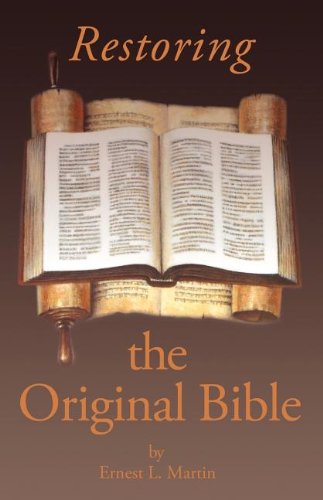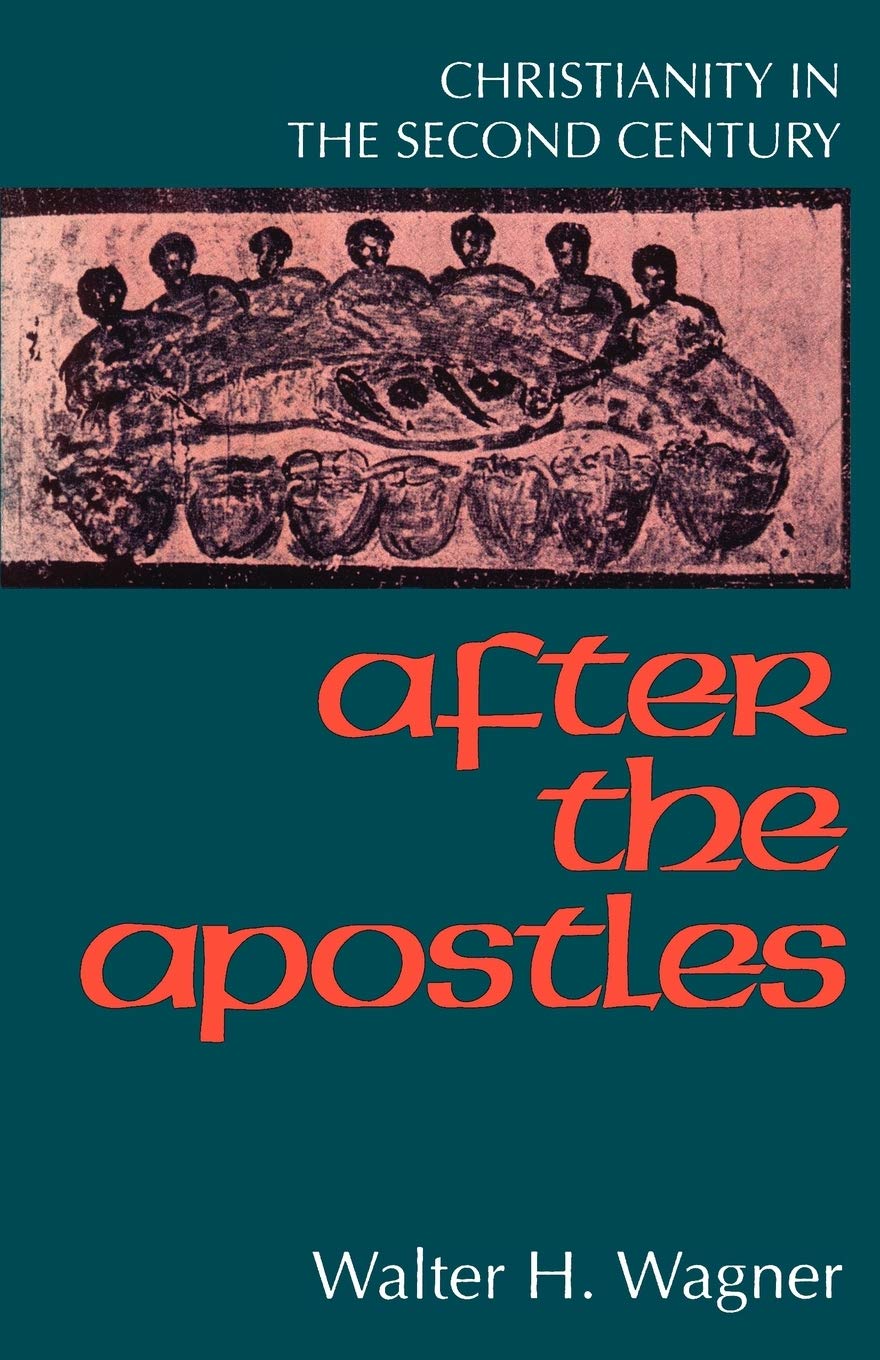By chance, the day after I finished this book, I happened to watch an episode of The Simpsons in which the Simpsons compete to be chosen to be among the first settlers of Mars, and one of the activities they participate is something like what Kate Greene explores in this book. For about four months, she and five other participants lived in a dome near a Hawaiian volcano in a manner that was meant to imitate what life would be like if one lived on Mars. They could not leave the dome, except after putting on bulky astronaut suits. Food was largely of the variety shipped along with astronauts--powders and sundries that last long and weigh less--except for whatever food they were able to grow in the dome. Communication with the outside world was put on a twenty-minute lag, like the one that would exist between Earth and Mars. One of the main points of the study was to test out what being able to grow fresh food would mean for the astronaut, as food "fatigue" is one of the main issues in long-term space travel. That is, many astronauts lose weight over the course of a mission just because they grown tired of the powders and such available to them. But the mission also became, as Greene shows, an opportunity to explore a number of other themes and ideas having to do with being human, as if, by living far away from all of humanity (even if just an experiment), one could learn a few things about what being human means (similar ideas could probably also be explored by someone held in solitary confinement for extended periods of time--a work that would likely be both excruciating to read and probably enlightening).
Among the themes Greene settles on are boredom, solitude, and communication. These, for me, were the most interesting of the broader themes she discussed. Boredom, for example, can be the impetus for incredible creativity--something I would agree with. The correspondence chapter is particularly fascinating, since it revolves around the way in which communication happens when there is a twenty-minute lag between you and all others. We have gotten used to telephone calls--and not just calls but cell phone calls, where people are always available. Even the written word, in the form of text messages and sometimes e-mail, is often immediate. Add a twenty-minute lag, and all communication is broken up, more similar to the way that our ancestors communicated (when not thousands of miles away). You write letters. Information is not immediately available. This is something that seems strange to me now, but what seems even odder is the way in which we have come to depend on such communications. Granted, I never lived in a prephone world, but I did grow up at a time that was sans Internet and sans cell phone. Even phone long-distance phone calls were rare, given the expense. We wrote letters. That that sort of world seems odd now, so odd now, is crazy to me. In a way, I could almost envy the bubble Greene lived in for that. Although it's unnerving when communication devices go down, if they do so for a few days, one gets used to it again, to the new, slower pace of life, and one begins to appreciate the life that we lost.
More arresting than the themes Greene explores, however, is the actual "science" writing that she does--the tales of astronauts and of scientific experiments that have been foisted onto unsuspecting people. The latter, the reason laws now require people's informed consent before such experiments can take place, was a particularly harrowing and sad story, one that involved several black men and a fake cure for a disease that went on for decades, long after, it seems, the experiment had run its course. Rather than treating the disease (as promised), the scientists simply watched what the disease did to the men. Such barbarity rivals much of what the Nazis did to their victims. On astronauts, we learn that women actually likely make better ones, because they eat less and weigh less, but our societal tendency to favor men's daring-do and strength has put many more men in space than women.
Perhaps the most intriguing anecdote of the book comes right at its start, the tale of an astronaut on a spacewalk, one of the very first. Alas, the astronaut's space suit was too stiff to do much and there wasn't anyone to pull him back in. The astronaut's own sweat steamed up the facemask so that he couldn't see--he solved this problem by painstakingly rubbing his nose against the glass to clear a line of sight. Two hours later, he stumbled back inside; if he hadn't been able to get back, he'd have had to have been left. The story seems horrifying. But such are the experiments that astronauts participate in out in space, where sometimes engineers haven't thought everything through. In those early years of space travel, this was especially true, because, hey, no one had ever been in space and, thus, we often didn't know that X would work better than Y. I imagine that a trip to Mars, as much as we think about it, also would eventually involve a number of issues we haven't anticipated.
Centuries ago, explorers spanned the world. People settled in lands they didn't understand or thoroughly know. Many died. People still went. I suppose Mars isn't unlike that, but the idea of journeying (and settling) there seems so daunting to me that I wonder why anyone would ever agree to such a thing. Greene posits something of an answer--as unique likely as anyone else's.










